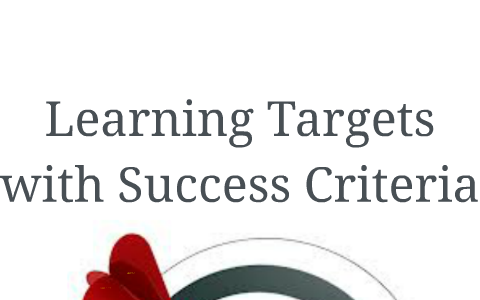As we
come into the holiday season, it is essential to acknowledge, and thank those
around us who make us better and happier people. Since we spend so much of our
time at school, I always feel like it is our second family. There are many
people in my professional life that show support in many different ways. This
year I am grateful to the people who are always there, as well as the new
friends and colleagues that have been wonderful and supportive.
- I am grateful for the hilarious
friends I have on campus because without talking to them every single day;
I am not sure what I would do without them. They are an ear to listen to
my worries, run teaching strategies by, and they are always there for a
good laugh (The best kind of laugh too, where your stomach hurts from
laughing so hard). They are the adult interaction I need to be around to
stay positive.
- My students are the sweetest and
kindest group of kids to be around. They make work not seem like work at all. I
chose to switch grade levels this year, and I am so lucky to be the
person to teach them. The kids are indeed a fantastic group.
- My team this year has been so
welcoming and supportive. They are always sure to include me and keep me
up to speed on the routines they do as a grade level. They make me laugh,
and they share and plan together. Again they made the change of moving
grade levels into the positive experience that I was seeking
professionally.
- Last but not least, the ladies in the
front office and our custodians are hardworking and amazing. They are so
helpful and very willing to help colleagues and me. It must be hard to
deal with so many demands, but they can pull off running the
school.
The holiday season is a
cheerful time, but it can be a sad time for many people, so I think it is
essential to share all the good that others do because you never know who needs
to hear it. Our school families need to be appreciated, so make sure to let the
people around you know that you are lucky to have them in your life; the
holiday season is the perfect time to bring warmth and happiness. I will
be letting all of these people know the positive impact they have on my life.
Diana Eberle































